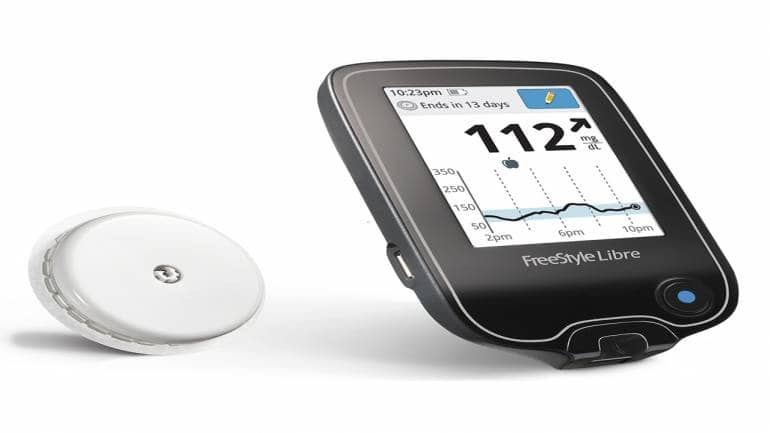Many living with diabetes have become familiar with continuous glucose monitoring (CGM) as their tool of choice – thanks to the easy, on-the-go breakthrough innovative technology. But for some — including those recently diagnosed with diabetes — glucose monitoring and CGM technology can feel a bit mysterious, maybe even overwhelming.
Today, 1 in 11 Indians are formally diagnosed with diabetes, making the country rank second after China in the global diabetes epidemic. As per the National Institute of Health, this number is expected to double to 134 million by 2045 – a reason of concern. While people with diabetes tend to focus on their treatment protocol, they miss out on holistic management of their condition, which should include continuous monitoring, diet and exercise. A critical aspect is understanding how food affects the body of a person living with diabetes and the role of CGM that can play in optimizing effective results.
In fact, the pandemic led to the deployment of disruptive technologies in the industry leading to breakthroughs in patient care. Availability of wearable devices such as Abbott’s CGM have enabled patients to continuously monitor glucose levels and provide real time insights to doctors.
How does CGM work?
The continuous glucose monitoring (CGM) device - FreeStyle Libre presents real-time information on glucose trends, visualizing the 24-hour roadmap of the individual’s glycemic variations. It, therefore, helps users swiftly detect hyperglycemic or hypoglycemic events, which enables timely interventions. It also helps a wearer understand the foods that trigger a spike in their glucose levels, thus working on a diet accordingly.

Early detection
Sensor-based CGM devices record glucose levels periodically, rather than at a point in time, as people go about their daily activities. The insights garnered paint a rich picture of glucose level trends, which can detect fluctuations that otherwise go unnoticed.
Enabling remote care and holistic insights for real-time intervention
Testing at home is difficult. Even with a traditional glucometer, the device may not only underestimate the number of hyperglycemic events experienced, but also cause pain and hassles due to finger pricking. Sensor-based devices are an effective option for continuous measurement of glucose levels and they’re easy to use in the comfort of one’s home. Through these devices, information can swiftly be accessed on highs and lows, post meal spikes and even overnight trends. This enables more effective remote consultation and care, as well as meaningful doctor-patient conversations that aid diabetes management.
Although there are several measures of glucose levels, including postprandial blood sugar (PPBS), fasting blood sugar and HbA1C, these measures are limited to indicating glucose levels at a point in time, or as an average level. Sensor-based glucose monitoring devices offer a unique, vital metric – the time in range (TIR), which measures the time spent by the patient in a target or recommended glucose range. This offers a direct measure of variability in glucose levels, enabling doctors to personalize treatment plans and patients to spend a greater time in range. Study shows people who scan more frequently with FreeStyle Libre system, spend more time in target range.4,5
The CGM device’s convenience, accessibility and user-friendly design makes diabetes management easy. For patients with Type 1 and Type 2 diabetes, continuous glucose monitoring has heralded a new paradigm of monitoring. At a time when our healthcare system is stretched and resources allocated are limited, such technologically innovative, accessible solutions can become a mainstay of effective disease care at home. By enabling early detection, remote care, holistic insights and comprehensive measurement, sensor-based glucose monitors ensure better diabetes management for improved health outcomes.
Moneycontrol journalists were not involved in the creation of the article